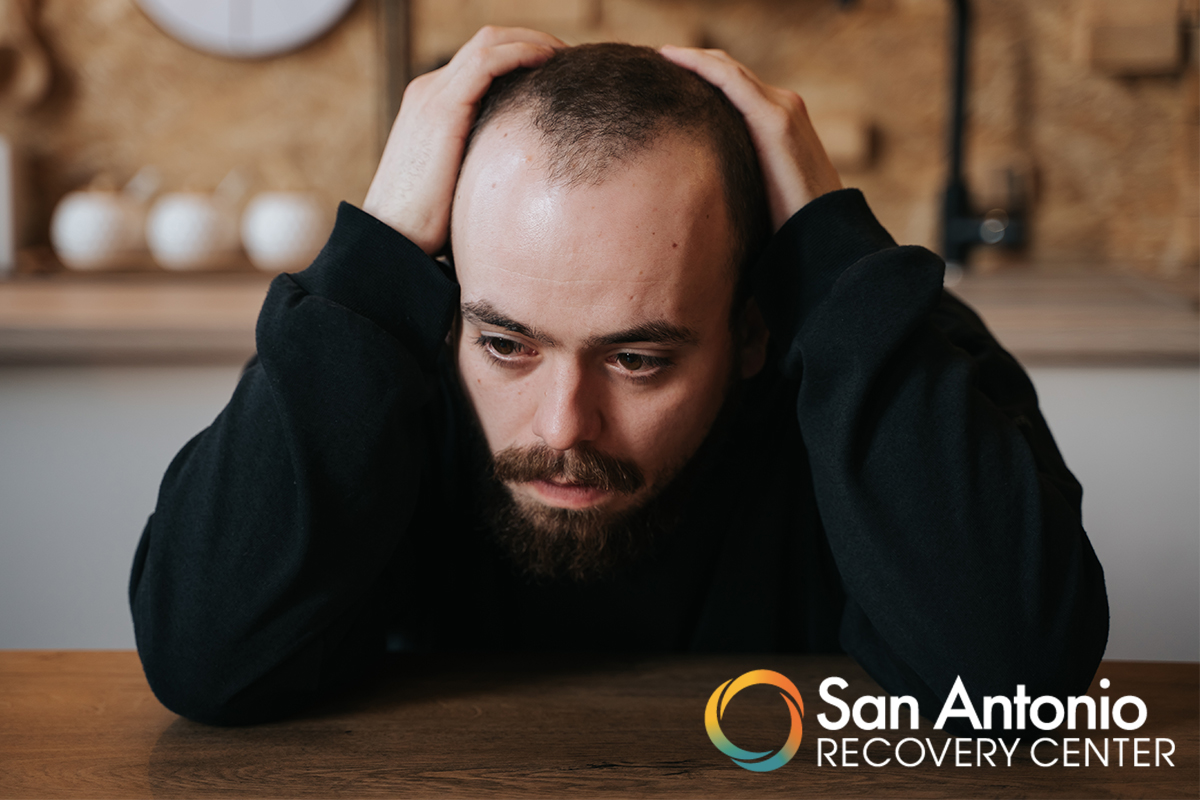
Fentanyl withdrawal is an awful experience. You can ask anyone who’s lived through the painful symptoms and unpleasant after-effects of the substance. Their loved ones could tell you too, as they watched someone they care about sick and hurting. Fentanyl withdrawals are one of the biggest reasons why people have trouble stopping fentanyl use. It’s a powerful substance, and its grip is tight.
Data from 2022 finds fentanyl was present for at least 44% of drug overdose deaths in Texas. It’s a dangerous substance, and the difficulty of experiencing withdrawal interferes with people’s ability to quit it. Getting help for fentanyl withdrawal saves lives, and San Antonio Recovery Center is proud to provide individualized treatment to those in need. We know treatment can be a difficult step to take, though. Another important step in overcoming fentanyl withdrawal is to learn more about it.
Everyone’s fentanyl withdrawal process will be different, from the symptoms to the timeline of withdrawal.
Mild fentanyl withdrawal symptoms begin around 24 hours after taking your last dose of fentanyl. They can start as soon as eight hours following taking fentanyl. Symptoms worsen over time, and peak in 36-72 hours. Five days into the withdrawal process, symptoms will start to ease up, and after seven to 10 days, they’re gone for most people. Some people might experience mild symptoms for weeks after the last dose, and cravings can last long beyond the withdrawal timeline.
You might experience several different symptoms during fentanyl withdrawal. They include:
Withdrawal varies based on how much fentanyl you usually take, how long you’ve taken it, and how often you’ve taken it.
Quitting fentanyl “cold turkey” is when you stop taking it abruptly. This form of stopping use will cause the most severe withdrawal symptoms.
“Weaning,” or tapering, consists of slowly lowering the dose of fentanyl to better manage withdrawals until you’re fentanyl-free. Tapering is the method used in treatment centers, and must always be done with the direction of a medical professional.
The most common medication used during treatment for fentanyl use disorder is buprenorphine. It’s an opioid agonist, meaning it attaches to the same receptors in the brain as fentanyl, but has far weaker effects. Its effects are still strong enough to ease withdrawal symptoms and cravings for fentanyl, allowing people to focus entirely on their recovery. It’s usually paired with naloxone to prevent use beyond its intended purpose, and is safe under a doctor’s guidance.
Fentanyl withdrawal occurs when your body becomes so used to fentanyl in your system that it can’t function normally without it.
When you take fentanyl, it binds to opioid receptors in your brain. This triggers the release of endorphins, which lessen pain, and it also interacts with the reward pathways of your brain. This is what causes the euphoria that comes with illicit fentanyl use. Over time, more fentanyl is needed to achieve the same feeling, which is called tolerance.
People can develop a dependence on fentanyl over time, too. Because the brain has gotten used to the intense effects of fentanyl, it produces less of the neurotransmitters fentanyl increases the production of. Then, when you don’t take fentanyl, your body and brain have to adjust to the absence of a substance it has become dependent on. That’s how withdrawal symptoms develop.
Trying to go through fentanyl withdrawal alone can be dangerous. While withdrawal symptoms themselves are rarely deadly, returning to fentanyl use after a withdrawal period causes a greater chance of overdose.
This is because your tolerance has decreased, and you may administer more fentanyl than your body can handle after the detoxification process.
Fentanyl withdrawal symptoms themselves aren’t too different from other opioid withdrawal. It’s the chance of overdose that is different.
Fentanyl is so dangerous that the equivalent of a few grains of salt is enough to overdose. This makes returning to fentanyl use after stopping more risky than it is with any other opioid.
Fentanyl withdrawal isn’t something anyone should go through by themselves, both due to its dangers and how lonely it can feel. Even individuals with a strong support system around them are fighting a battle against a painful process that can be incredibly difficult to overcome. Thankfully, help is available. Fentanyl addiction rehab is a good choice for anyone trying to conquer their fentanyl use disorder.
Overcoming fentanyl use disorder is possible, and at San Antonio Recovery Centers, we’d love to help you do it. Our staff is as diverse as San Antonio is, reflecting our community. You’ll find someone here eager to assist you and can relate to you, too. To start your recovery journey, give us a call at 866-957-7885 today.
Strength. Acceptance. Recovery. Community.
contact us now!
